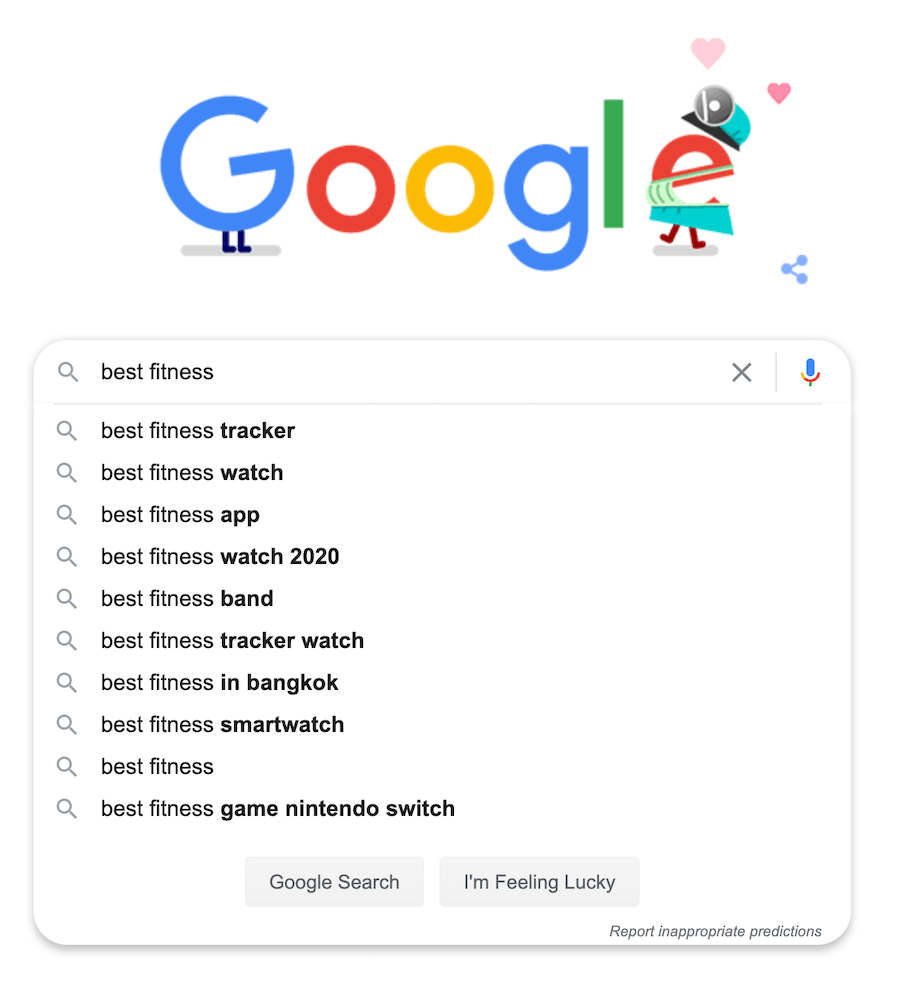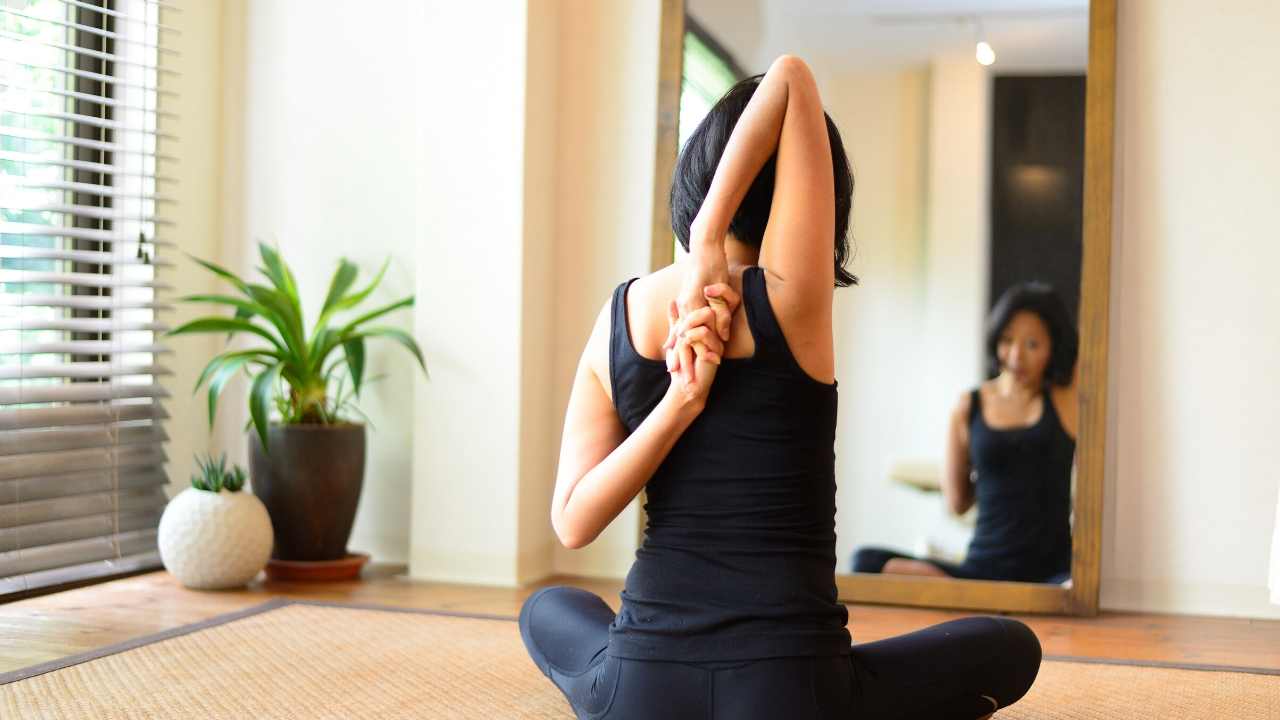
It is simple and fun to use a rowing machine. But, it can be hard to get the most from this exercise machine. Here are some tips to help you improve your technique and make the most of your workouts. These tips will get you on your way to enjoying your next rowing workout. They'll help you maximize your time on the machine, and they'll help you achieve your fitness goals.
Keep in mind that it's essential to use the correct technique, as poor posture leads to poor form choices. Although there are some helpful tips, you need to know the basics of rowing. To start, keep your back straight. Focus on your abs. Do not allow your shoulders to drop. The cable should remain in the same position throughout the entire exercise, so make sure you maintain a neutral position throughout.

Regardless of how much experience you have, it's important to start slowly and work your way up. Once you feel confident, it's time to move onto the next step. Start slow and increase your strength slowly. You should start slow, build your confidence and then increase your speed. Stamina can help you increase your rowing speed.
You should also keep your posture straight. Rowing is a primarily a leg-based exercise. You must not hunch your head. Instead, keep you back in a natural posture and pull the handle by focusing on your hinging hips. Your legs should be the driving force. This will make it easier to use the machine efficiently and safely. Soon, you will be a skilled rowing machine operator!
The three-step rowing stroke should be learned. First, push your legs in front of you and pivot forward at the hips. In the second step, you should pull your arms into your chest. Larcom suggests that the hands should be pulled towards the underside of your ribs. Third, you can reverse the steps and return to your starting position. Then, repeat. Your movements will improve dramatically once your body reaches the ideal position.

The next tip for rowing machine users is to avoid tight fabrics and loose clothing. These fabrics can catch on and cause injury to the rowing machines. Always keep your hands down when rowing. It is important to keep your hands below mid-chest. Rowing gloves are a good option to protect your hands. The right shoes will improve your comfort as well as support your feet.
FAQ
How can I lower my blood pressure
Find out the causes of high blood pressure first. Next, take steps that will reduce the risk. This could mean eating less salt, losing some weight, taking medication, and so on.
Exercise is also important. If you don't have time for regular exercise, then try walking as often as possible.
If you're unhappy with the amount of exercise you do, you might consider joining a fitness club. You'll probably want to join a gym where there are other people who share your goals. You will find it easier to keep to a workout schedule if you have someone to watch you at the gym.
How does weight change with age?
How can you find out if your weight has changed?
A person who has less body fat than their muscle mass will experience weight loss. This means that you must consume more calories than you use daily. Activity levels are the most common reason for weight loss. Others include pregnancy, hormonal imbalances or certain medications. If there is more body fat than muscle mass, then weight gain can occur. It happens when people eat more calories than they use during a given day. The most common causes are overeating, increased activity, hormonal changes, and excessive calories.
We eat less calories than we burn, which is the main reason our bodies lose weight. When we exercise regularly, we increase our metabolism rate which burns off more calories throughout the day. But, this does not mean that we will be thinner. It is important to know if we are losing weight or gaining muscle. If we are burning more calories than what we eat, then we will lose weight. If we consume more calories that we burn, we are actually storing them in fat.
As we get older, our movement speed slows down and so we move less. We also tend to eat less food than we did when we were younger. This is why we tend to gain weight. We also tend to look larger because we have more muscle.
Without weighing yourself each week, there is no way to know how much weight you have lost. There are many ways you can measure your weight. You can also measure your waist, hips or thighs. Some prefer to use the bathroom scales, others prefer to use tape measures.
To track your progress, weigh yourself once a week. Measure your waistline once per month. To see how far you have come, you can take photos of yourself every few month.
You can also find out how much you weigh by looking up your height and weight online. If you're tall at 5'10", and weigh 180lbs, your weight would be 180.
Is being cold bad for your immune system?
It is said that there are 2 types of people: those who love winter (and those who hate it). You might wonder why you feel so miserable in the cold, no matter how much you love or hate winter.
The fact is that our bodies are designed for warmth and function best. Hot climates are where our food sources are most plentiful, and we evolved to thrive there.
Today's environment is vastly different from the one our ancestors experienced. We spend much more time indoors, often exposed to extreme temperatures (cold and heat), and we eat foods that are processed rather than fresh.
Our bodies aren’t accustomed to such extremes. This means that we feel tired, sluggish and even sick when we venture outside.
These effects can be reversed, however. You can combat these effects by making sure you are well-hydrated all day. If you drink plenty of water, you'll help keep your body properly hydrated and flush toxins from your system.
You must also ensure that you are eating healthy foods. The best way to maintain your body's optimal temperature is by eating nutritious food. This is especially beneficial for those who spend extended periods of time inside.
It is worth taking a few extra minutes each day to meditate. Meditation is a great way to relax your body and mind. It makes it easier for you to cope with stress and illness.
Statistics
- The Dietary Guidelines for Americans recommend keeping added sugar intake below 10% of your daily calorie intake, while the World Health Organization recommends slashing added sugars to 5% or less of your daily calories for optimal health (59Trusted (healthline.com)
- WHO recommends consuming less than 5% of total energy intake for additional health benefits. (who.int)
- WHO recommends reducing saturated fats to less than 10% of total energy intake; reducing trans-fats to less than 1% of total energy intake; and replacing both saturated fats and trans-fats to unsaturated fats. (who.int)
- According to the 2020 Dietary Guidelines for Americans, a balanced diet high in fruits and vegetables, lean protein, low-fat dairy and whole grains is needed for optimal energy. (mayoclinichealthsystem.org)
External Links
How To
What does the word "vitamin" mean?
Vitamins can be described as organic compounds found in food. Vitamins allow us to absorb nutrients from food. The body cannot make vitamins; therefore, they must be obtained from food.
There are two types if vitamins: water soluble, and fat soluble. Water-soluble vitamins dissolve quickly in water. Some examples include vitamin C,B1 and B2 vitamins (thiamine), B2 and riboflavin, B3 and B6 vitamins (niacin), folic acids, biotin, pantothenic acids, and cholesterol. The liver and fat soluble vitamins are stored within the liver and in fatty tissue. These include vitamin D, E and K, as well as beta carotene.
Vitamins can be classified according to biological activity. There are eight major types of vitamins:
-
A - vital for healthy growth.
-
C - important for proper nerve function and energy production.
-
D - Vital for healthy bones and teeth
-
E is required for good vision and reproduction.
-
K – Required for healthy nerves & muscles.
-
P - Essential for strong bones and teeth.
-
Q - Aids digestion and iron absorption
-
R is required for the production of red blood cells.
The recommended daily intake (RDA), of vitamins varies with age, gender and physical condition. RDA values are set by the U.S. Food and Drug Administration (FDA).
For example, the RDA for vitamin A is 400 micrograms per dayfor adults 19 years or older. Pregnant mothers need 600 micrograms per days because it is vital for the development and growth of their baby. Children ages 1-8 require 900 micrograms per day. Babies under one-year old require 700 mg per day. Between 9 and 12 years of age, however, this drops to 500 mg per day.
Children ages 1-18years who are obese need 800 micrograms per day while those who are overweight need 1000 micrograms per day and children who are underweight need 1200 micrograms per day to meet their nutritional needs.
Children aged 4-8 years old who have been diagnosed as having anemia require 2200 micrograms of vitamin C per day.
2000 micrograms per person is necessary for general health. Breastfeeding or pregnant women require 3000 micrograms per daily due to higher nutrient demands.
Adults over 70 years of age need 1500 micrograms per day since they lose about 10% of their muscle mass each decade.
Women who are pregnant or lactating need more than the RDA. Pregnant women need 4000 micrograms per dayduring pregnancy and 2500 micrograms per day after delivery. Breastfeeding moms need 5000 micrograms each day when breastmilk production occurs.